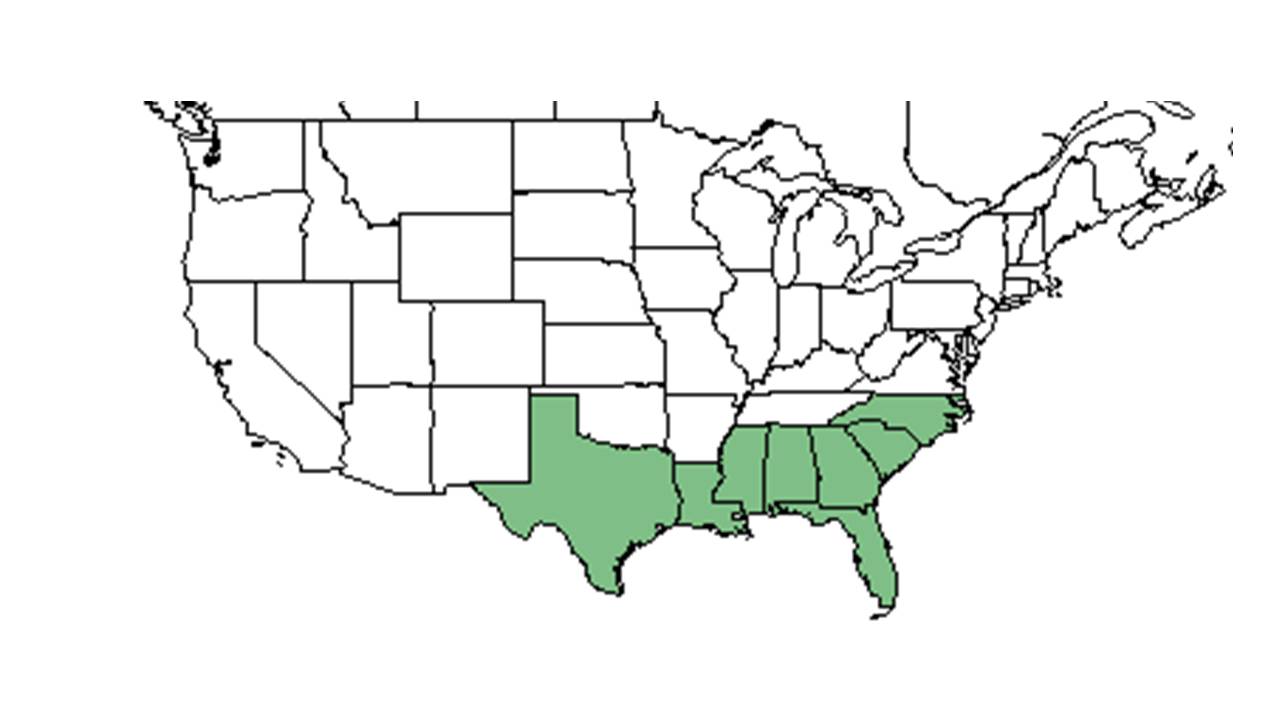Difference between revisions of "Galactia erecta"
| Line 34: | Line 34: | ||
===Seed bank and germination=== | ===Seed bank and germination=== | ||
===Fire ecology=== <!--Fire tolerance, fire dependence, adaptive fire responses--> | ===Fire ecology=== <!--Fire tolerance, fire dependence, adaptive fire responses--> | ||
| + | Has been found in recently burned open scrub (FSU Herbarium). | ||
| + | |||
===Pollination=== | ===Pollination=== | ||
===Use by animals=== <!--Herbivory, granivory, insect hosting, etc.--> | ===Use by animals=== <!--Herbivory, granivory, insect hosting, etc.--> | ||
Revision as of 14:38, 10 July 2015
| Galactia erecta | |
|---|---|
Error creating thumbnail: Unable to save thumbnail to destination
| |
| Scientific classification | |
| Kingdom: | Plantae |
| Division: | Magnoliophyta - Flowering plants |
| Class: | Magnoliopsida – Dicotyledons |
| Order: | Fabales |
| Family: | Fabaceae ⁄ Leguminosae |
| Genus: | Galactia |
| Species: | G. erecta |
| Binomial name | |
| Galactia erecta (Walter) Vail | |

| |
| Natural range of Galactia erecta from USDA NRCS Plants Database. | |
Contents
Description
Common Name: erect milkpea
This plant is erect (FSU Herbarium).
Distribution
Ecology
Habitat
This species has been found in open longleaf pine-wiregrass flatwoods along gum swamps, wiregrass savannas, pine-oak upland forests, and clearings within pine flatwoods (FSU Herbarium). This species does well in open light environments in dry loamy sands, drying sand, and sandy-peaty wet soils (FSU Herbarium).
Phenology
It has been observed to have corolla white or light yellowish flowers (FSU Herbarium). “A purple flowered perennial herb about 1 foot high, occurring in dry pine lands of the Coastal Plain from north Carolina to Louisana. Seeds have been recorded from stomach of a single bobwhite.”[1]
Seed dispersal
Seed bank and germination
Fire ecology
Has been found in recently burned open scrub (FSU Herbarium).
Pollination
Use by animals
Diseases and parasites
Conservation and Management
Cultivation and restoration
Photo Gallery
References and notes
- ↑ Graham, E. H. (1941). Legumes for erosion control and wildlife. Washington, USDA